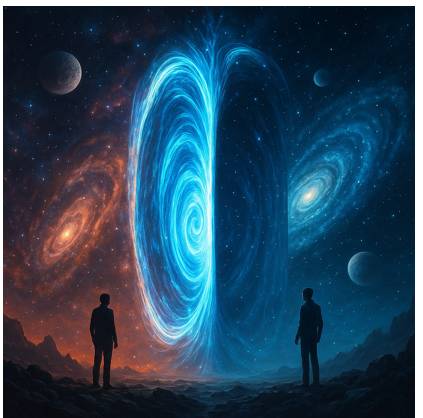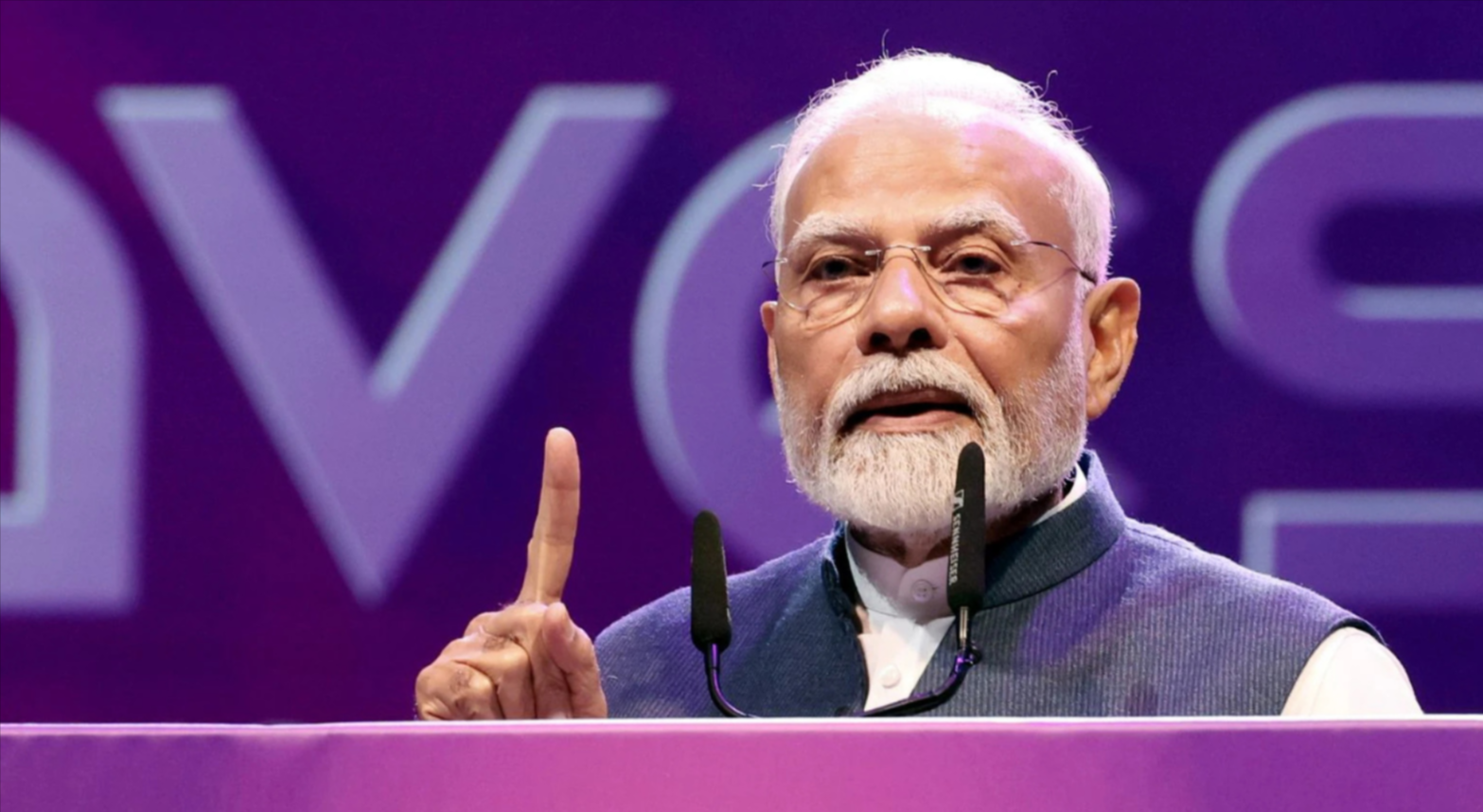
Exploring the Possibility of Parallel Universes
IntroductionThe idea of parallel universes has long fascinated scientists, philosophers, and storytellers alike. From ancient myths to modern physics, humanity has wondered whether the world we live in is the only one that exists. With the rapid progress of quantum mechanics, astrophysics, and cosmology, the concept of parallel universes—also called the multiverse—has moved from the realm of pure imagination to serious scientific consideration. Although no direct evidence exists yet, several theories in modern physics indicate that parallel universes might be more than just science fiction. This essay explores the scientific foundations, philosophical implications, and cultural impact of the multiverse idea while analysing why it has become a trending subject of global curiosity.
The Scientific Basis of Parallel Universes
1. The Quantum Mechanics Perspective
One of the strongest scientific arguments for parallel universes arises from quantum mechanics, particularly the ‘Many-Worlds Interpretation’ proposed by physicist Hugh Everett in 1957. According to this interpretation, every decision, event, or quantum interaction generates branching timelines. Each branch represents a different version of reality, creating countless parallel universes. For example, a universe exists where a coin toss lands on heads and another where it lands on tails. According to this theory, every possible outcome of every action plays out somewhere in the multiverse. While this idea remains controversial, it offers a fascinating explanation for phenomena like quantum superposition.
2. Cosmic Inflation and Bubble Universes
Another theory emerges from cosmology, especially the concept of ‘cosmic inflation’—the extremely rapid expansion of the universe right after the Big Bang. According to the eternal inflation model proposed by physicist Alan Guth, inflation never fully stopped; instead, different regions of space continued expanding at different rates. As a result, separate ‘bubble universes’ may have formed, each with its own laws of physics, types of matter, and even dimensions. Our universe may simply be one bubble among countless others, floating in a vast cosmic foam.
3. String Theory and Higher Dimensions
String theory, an ambitious attempt to unify all forces of nature, suggests the existence of extra spatial dimensions beyond the familiar three. Some versions of string theory predict ‘brane worlds,’ where entire universes exist on separate membranes (or branes) floating in a higher-dimensional space.
In such a scenario, parallel universes are not distant realities but neighbouring cosmic sheets separated by an invisible higher-dimensional barrier. Collisions between these branes have even been proposed as a possible cause of cosmic events such as a new Big Bang.
Philosophical Questions Raised by the Multiverse
The idea of parallel universes challenges long-held beliefs about identity, free will, and the nature of reality.
1. What Is Real?
If multiple versions of ourselves exist simultaneously in different universes, the meaning of ‘reality’ becomes less straightforward. Are all realities equally real? Or is our universe privileged simply because we live in it?
2. The Question of Free Will
The Many-Worlds interpretation raises questions regarding free will. If every possible decision branches into different universes, then an alternate version of us makes each choice we avoid. Does this weaken the idea of personal responsibility? Some philosophers argue the opposite: that our conscious experience still involves choice, even if alternatives play out elsewhere.
3. Human Identity and Multiplicity
The possibility that multiple versions of ‘you’ could exist—some happier, some wealthier, some making different life choices—can be both comforting and unsettling. It forces us to reconsider concepts of uniqueness, purpose, and personal destiny.
Technological and Scientific Challenges
While the idea of parallel universes is intriguing, proving their existence remains a major scientific challenge. Parallel universes, if they exist, may be separated by vast distances, different physical laws, or additional dimensions inaccessible to human perception. However, scientists are trying:
• Experiments with particle accelerators explore signs of extra dimensions.
• Observations of cosmic radiation look for unusual patterns that might indicate collisions with other universes.
• Theoretical models continue to refine how a multiverse could be detected indirectly.
Yet for now, the multiverse remains a hypothesis—a grand explanation waiting for evidence.
Parallel Universes in Popular Culture
The idea of alternate realities has deeply influenced books, films, series, and video games. Stories like Interstellar, Doctor Strange, Everything Everywhere All at Once, and the Marvel multiverse have popularised the concept for global audiences.
These creative interpretations explore themes such as:
• What if we could rewrite our past?
• What if different choices led to different lives?
• Can universes collide or influence each other?
This cultural rise of multiverse storytelling is one reason the topic trends globally today—it blends science, emotion, imagination, and existential curiosity.
Why the Topic Is Trending Today
Parallel universes have become a trending topic because they connect multiple disciplines:
• Science: offering possible answers to the mysteries of dark matter, consciousness, and cosmic origins
• Technology: inspiring research in quantum computing and advanced physics
• Philosophy: raising new questions about existence and identity
• Popular Culture: bringing multiverse concepts to mainstream audiences
• Human Curiosity: appealing to our desire to imagine beyond the limits of our world
In an era where scientific breakthroughs happen rapidly and imagination is celebrated in media, the multiverse theory captures both intellectual and emotional interest.
Conclusion
The concept of parallel universes stands at the intersection of science, philosophy, and imagination. While still speculative, it is supported by several serious scientific theories—quantum mechanics, cosmic inflation, and string theory. Whether or not parallel universes truly exist, exploring the idea helps us understand our own universe more deeply. It inspires us to question what reality means, reflect on our existence, and expand the boundaries of human knowledge. As research progresses and technology evolves, the question may shift from ‘Do parallel universes exist?’ to ‘How can we understand and explore them?’ Until then, the multiverse remains a powerful symbol of the limitless possibilities of the cosmos.
During the WAVES Summit in Mumbai, Prime Minister Narendra Modi underlined India's developing position in the global creative economic sector. During his opening address, India earned the description of an "orange economy" because cultural and creative sectors drive both financial growth and job creation. Rajnikanth and Mukesh Ambani joined
The Mahahtra government achieved a historical milestone by returning to India the historic sword of Raghuji Bhosale I during a Sotheby’s auction in London, which belonged to a notable 18th-century Maratha ruler. The state of Mahahtra achieves its first success in acquiring historical artifacts from international auctions. The bidding

Stay updated with The Hindu Editorial Vocab24 app, your definitive source for breaking news and comprehensive coverage from India and around the globe. Whether it's political developments, business updates, sports highlights, the latest technology trends, or current events, The Hindu brings live, accurate, and reliable news directly to your device.
Don’t fall for sensationalized or fake news shared online. Read and share accurate updates with friends and family through The Hindu Editorial Vocab24 app. Download it today!
News Coverage in The Hindu Editorial Vocab24 App
Breaking News: Receive instant notifications on breaking news stories as they unfold. Stay informed about major events and developments in India and around the world with live blogs, news in shorts videos, and concise articles.
Politics: Get the latest updates on Indian politics, including elections, policy changes, government decisions, and political events that shape the nation.
Business and Economy: Stay ahead in the economic landscape with detailed business news and market analysis. Learn about stock market trends, financial reports, corporate news, and economic developments to make informed investment decisions.
Current Events: Follow stories on social issues, policy changes, global events, and daily current affairs, tailored for UPSC and other competitive exam preparations.
Technology: Keep up with the latest gadgets, innovations, and tech trends. Read expert reviews and analyses in short, concise updates on cutting-edge technology from India and beyond.
Sports: Never miss a moment of your favorite sports. Get live scores, match reports, and expert analysis on cricket, football, tennis, and more.
International News: Stay informed about global events and geopolitical developments, including the Russia-Ukraine war, Israel-Palestine conflict, and other key international stories.
Local News: Stay connected to your community with the latest updates on city events, issues, and local news. Coverage includes hyperlocal updates from cities like Bangalore, Chennai, Delhi, Hyderabad, Mumbai, Kolkata, and more.
Trending Topics: Discover what's trending today with the most talked-about stories and hot topics across India and the world.
Experience journalism that values integrity, accuracy, and reliability. Download The Hindu Editorial Vocab24 app today and stay connected with the world.
Subscribe to our newsletter!

























